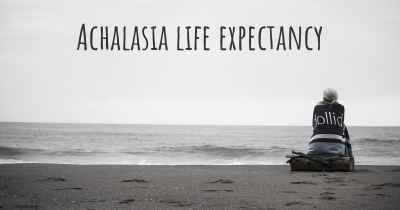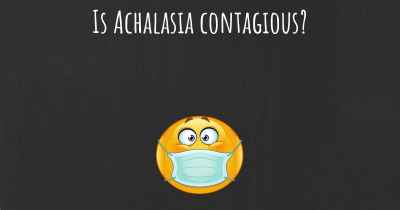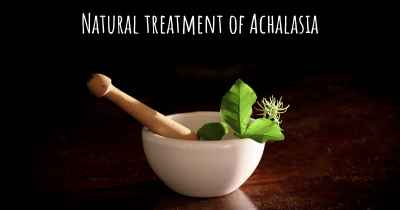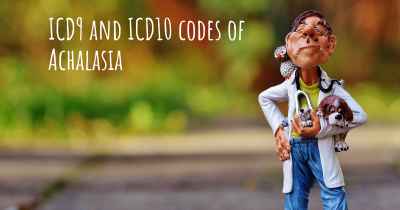What is the history of Achalasia?
When was Achalasia discovered? What is the story of this discovery? Was it coincidence or not?

The History of Achalasia
Achalasia is a rare esophageal motility disorder that affects the ability of the lower esophageal sphincter (LES) to relax and allow food to pass into the stomach. The condition was first described in medical literature in the early 17th century, but it wasn't until the 19th and 20th centuries that significant advancements were made in understanding and treating achalasia.
Early Observations and Description
The earliest known mention of achalasia dates back to 1674 when Sir Thomas Willis, an English physician, described a case of a patient who had difficulty swallowing and experienced food regurgitation. However, it wasn't until 1881 that the term "achalasia" was coined by a German physician named Ernst Leopold Heller.
Advancements in Diagnosis
In the early 20th century, advancements in diagnostic techniques allowed for a better understanding of achalasia. In 1927, a German radiologist named Walter Biermer introduced the use of barium swallow studies to visualize the esophagus and identify abnormalities. This technique, known as esophagography, became a crucial tool in diagnosing achalasia.
Pathophysiology and Treatment
It wasn't until the mid-20th century that significant progress was made in understanding the underlying causes and developing effective treatments for achalasia. In the 1940s, a British physician named Thomas Allison introduced the concept of impaired LES relaxation as the primary cause of achalasia. This understanding paved the way for further research and treatment options.
In the 1950s, the first surgical treatment for achalasia was developed. The procedure, known as Heller myotomy, involved cutting the muscles of the LES to relieve the obstruction. This surgical technique proved to be effective in improving swallowing function and became the standard treatment for many years.
Advancements in Minimally Invasive Techniques
In the late 20th century, advancements in minimally invasive surgical techniques revolutionized the treatment of achalasia. In the 1990s, laparoscopic Heller myotomy was introduced as an alternative to traditional open surgery. This technique involved making small incisions and using specialized instruments to perform the myotomy, resulting in reduced postoperative pain and faster recovery.
Furthermore, the development of endoscopic techniques provided additional treatment options for achalasia. In 1980, pneumatic dilation, a procedure involving the inflation of a balloon in the LES to stretch and disrupt the muscle fibers, was introduced. This technique offered a less invasive alternative to surgery and showed promising results in improving swallowing function.
Ongoing Research and Future Perspectives
Despite significant advancements in the understanding and treatment of achalasia, there is still ongoing research to further improve outcomes and explore new therapeutic options. Recent studies have focused on the use of botulinum toxin injections to temporarily paralyze the LES muscles, as well as the development of novel endoscopic techniques such as peroral endoscopic myotomy (POEM).
POEM, introduced in the early 2010s, involves creating a tunnel within the esophageal wall and performing a myotomy from the inside. This technique has shown promising results in terms of efficacy and safety, offering a less invasive option for patients with achalasia.
In conclusion, the history of achalasia spans several centuries, with significant advancements made in understanding the condition and developing effective treatments. From the early observations and descriptions to the introduction of diagnostic techniques and surgical innovations, the field of achalasia has come a long way. Ongoing research continues to shape the future of achalasia management, aiming to improve outcomes and provide patients with less invasive treatment options.
Posted Sep 20, 2017 by Teresa 3050
Posted Oct 27, 2017 by JLMcK 5550
Posted Jul 14, 2020 by Gina Manion 2500
Posted Aug 16, 2022 by [email protected] 2500
Posted Aug 22, 2017 by Lorena 2250








